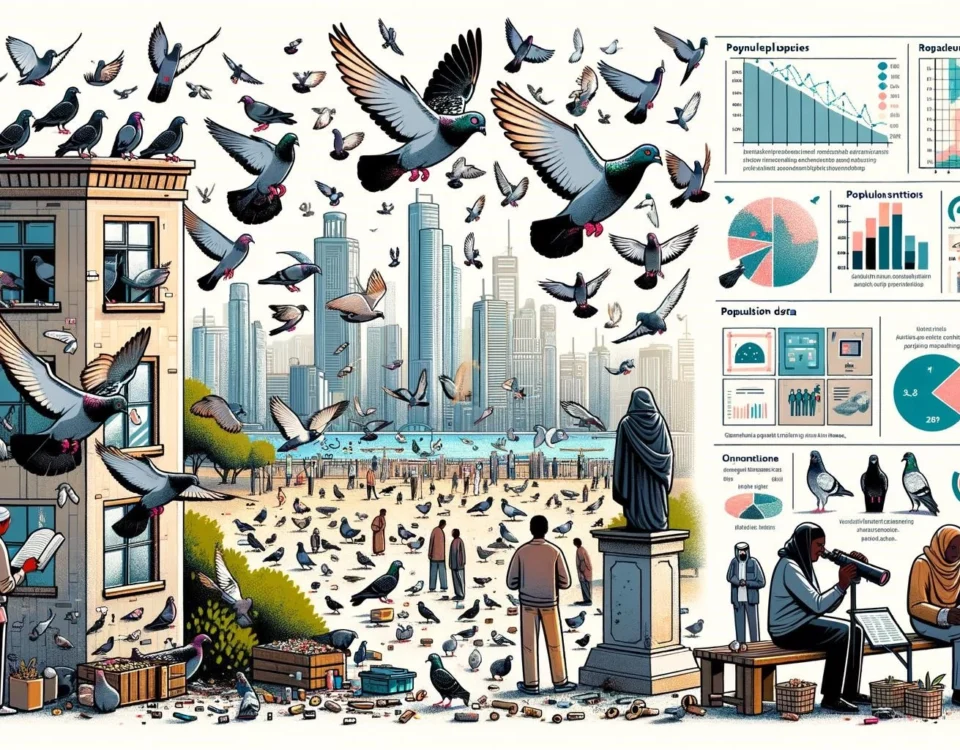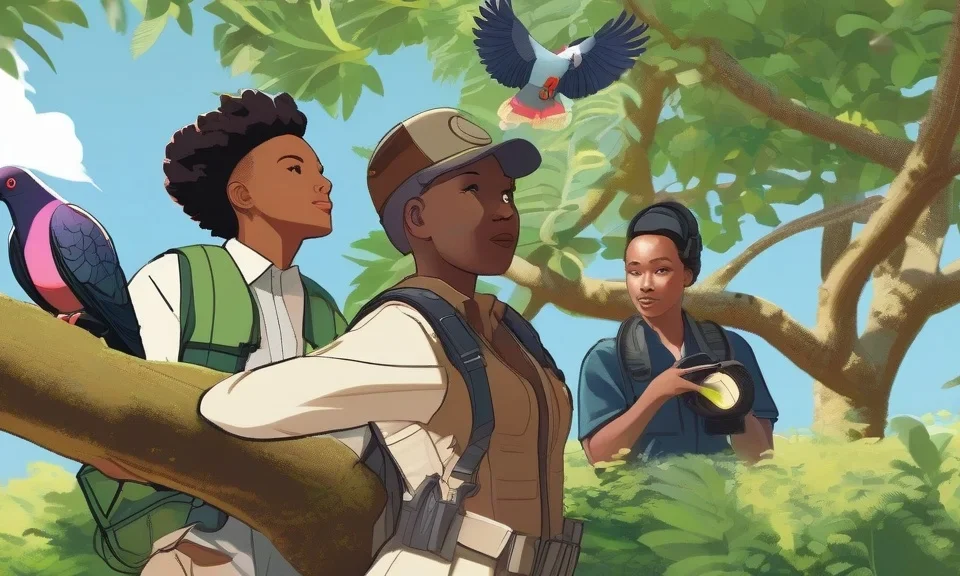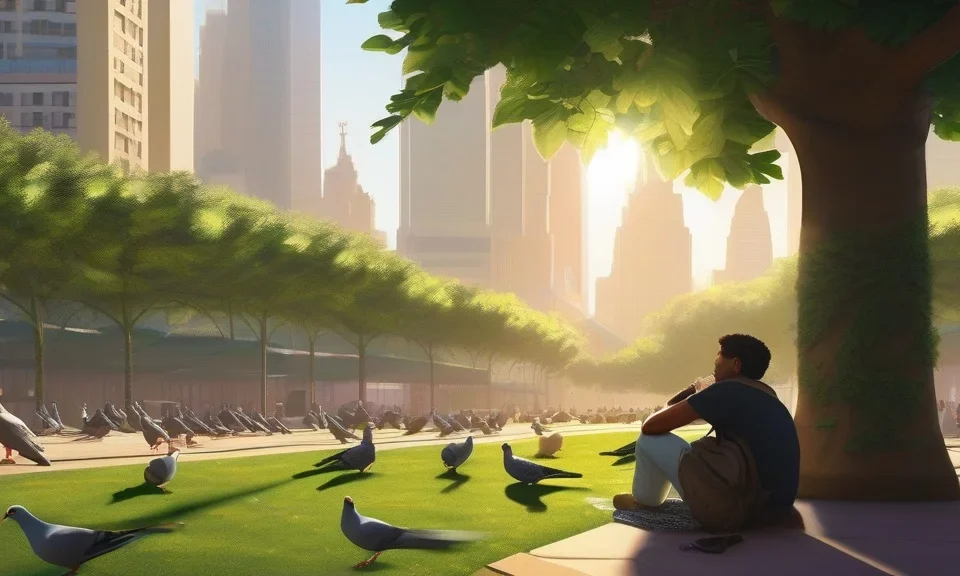In recent years, there has been a growing recognition of the importance of pigeon conservation and public education. Pigeons, often considered nuisance birds in urban areas, play a crucial role in ecosystems and deserve conservation efforts to ensure their survival. Additionally, public education is essential to dispel misconceptions about pigeons and raise awareness about their ecological significance. This article will explore the key aspects of pigeon conservation and public education, highlighting the importance of these efforts in protecting pigeon populations and promoting coexistence with humans.
Key Takeaways
- Pigeon conservation and public education are essential to protect and preserve pigeon populations.
- Public education is needed to raise awareness about the ecological significance of pigeons and dispel misconceptions about them.
- Conservation efforts include habitat preservation, reducing threats, and promoting coexistence between pigeons and humans.
Pigeon Conservation
Pigeon conservation aims to protect and preserve pigeon populations and their habitats. While pigeons are highly adaptable and can thrive in various environments, many species have experienced population declines due to habitat loss, pollution, and hunting. The following are some key strategies employed in pigeon conservation:
Habitat Preservation
Preserving suitable habitats is crucial for pigeon conservation. Pigeons prefer diverse landscapes that provide a variety of food sources and nesting sites. Urban areas with parks, gardens, and green spaces can serve as important habitats for pigeons. Efforts should be made to protect these spaces from urbanization and ensure they are maintained with suitable vegetation and food sources.
Threat Reduction
Reducing threats to pigeons is another important aspect of conservation. This includes addressing issues such as pollution, predation, and hunting. Reducing pollution can improve the overall health of pigeon populations and their habitats. Implementing measures to control predators and regulate hunting can also help protect pigeon populations from unnecessary harm.
Coexistence with Humans
Creating a balance between pigeon populations and human activities is essential for conservation. Pigeon populations often thrive in urban areas due to the availability of food sources and shelter. However, conflicts between pigeons and humans can arise, particularly in areas where they are considered nuisance birds. Promoting coexistence involves implementing humane methods to manage pigeon populations and educating the public about the benefits of pigeons and how to prevent conflict.
Public Education
Public education plays a crucial role in fostering understanding and appreciation for pigeons. By raising awareness about the ecological significance of pigeons and dispelling misconceptions, people can develop a more positive attitude towards these birds. Public education efforts include:
Highlighting Ecological Importance
One of the main goals of public education is to emphasize the ecological importance of pigeons. Pigeons play key roles in seed dispersal, pollination, and nutrient cycling, contributing to the overall health and biodiversity of ecosystems. By showcasing these vital ecological services, people can recognize the value of pigeons and the need to protect them.
Dispelling Misconceptions
Public education also focuses on dispelling misconceptions about pigeons. Many people consider pigeons to be dirty or carriers of diseases, which has led to negative attitudes towards them. However, scientific research has shown that pigeons do not pose significant health risks to humans when proper hygiene measures are followed. Educating the public about these facts can help change negative perceptions and foster coexistence.
Engaging the Community
Engaging the community is crucial for successful public education initiatives. This can involve organizing workshops, lectures, and events that promote awareness and appreciation for pigeons. Additionally, involving schools, community groups, and local organizations can help reach a wider audience and encourage active participation in conservation efforts.
Conclusion
Pigeon conservation and public education are essential components of ensuring the survival and well-being of pigeon populations. By implementing strategies to preserve habitats, reduce threats, and promote coexistence with humans, we can protect pigeon populations and the valuable roles they play in ecosystems. Public education efforts, including highlighting the ecological importance of pigeons and dispelling misconceptions, are crucial for fostering positive attitudes and behavior towards these birds. Through these combined efforts, we can create a future where pigeons thrive and coexist harmoniously with humans.









